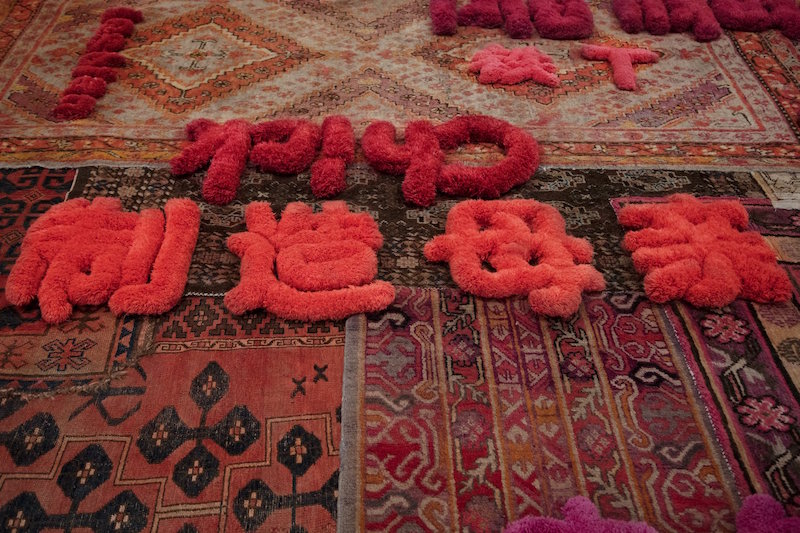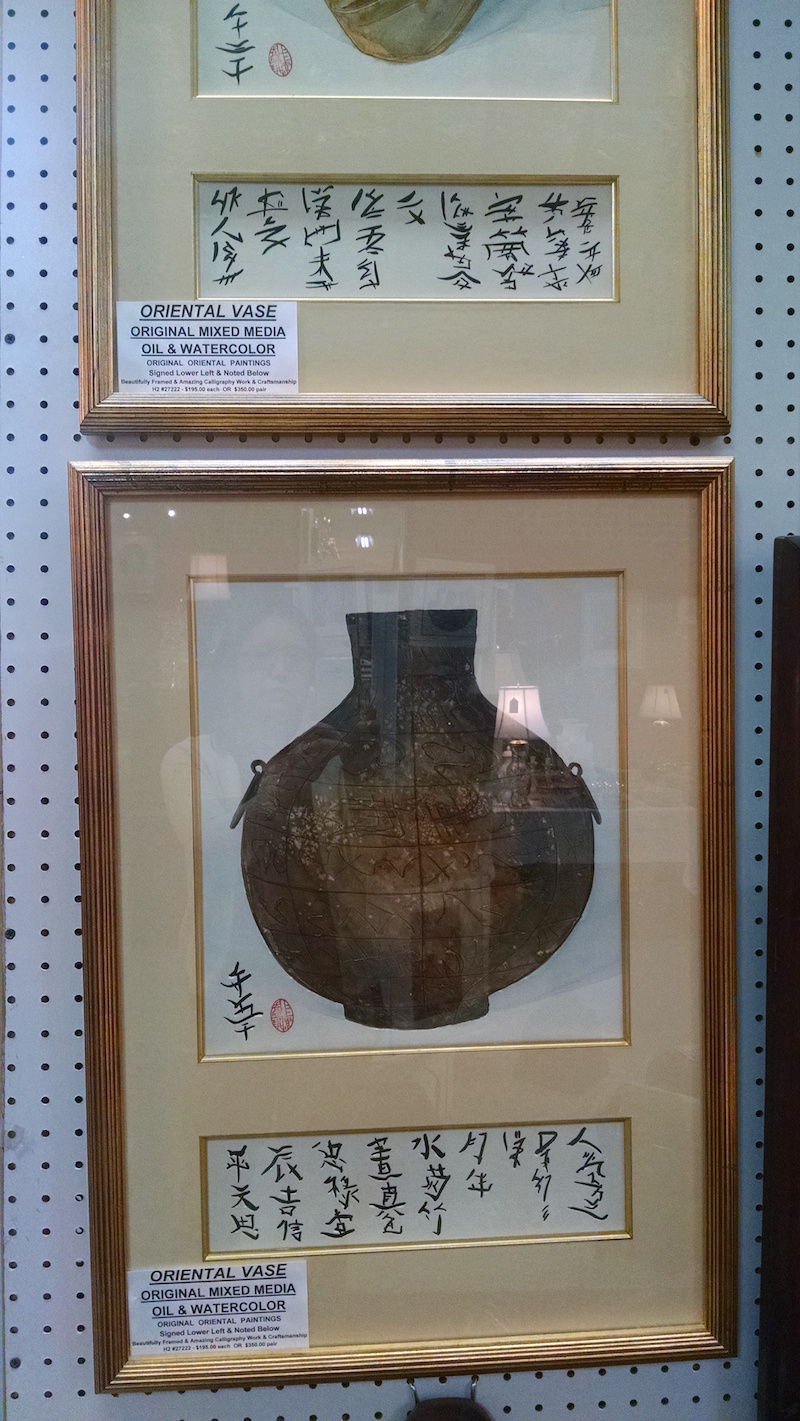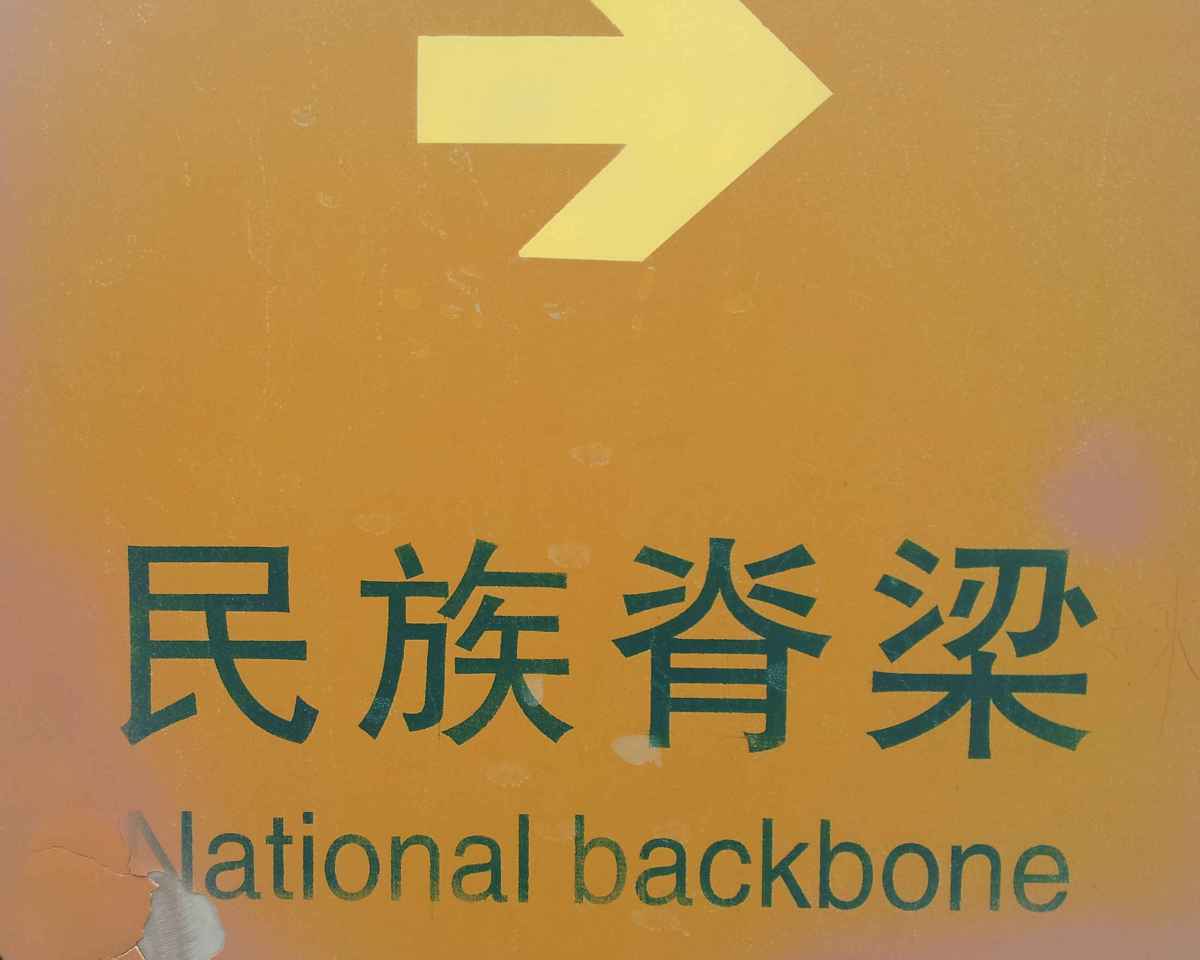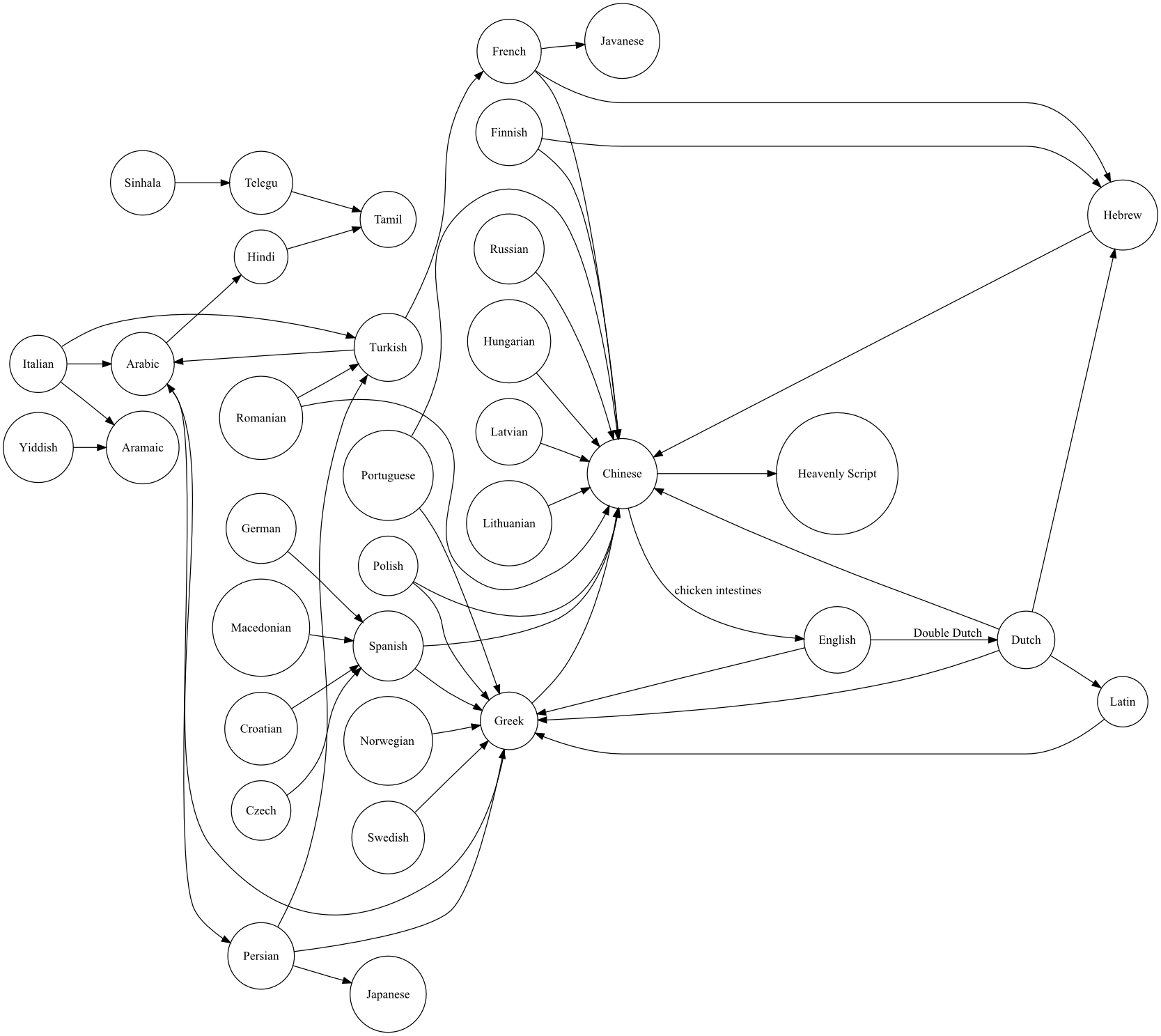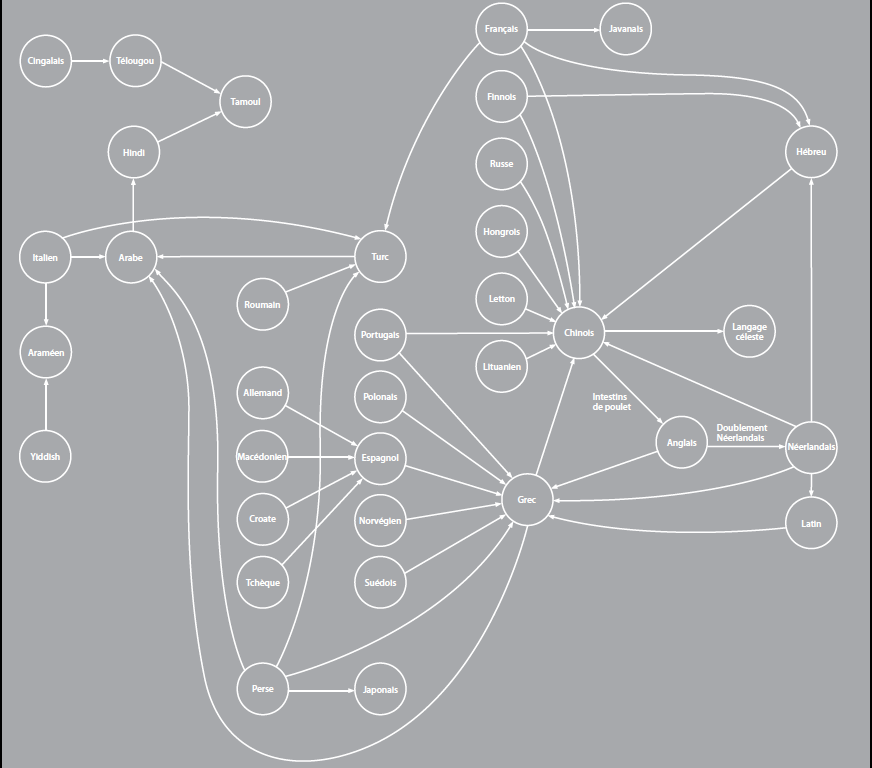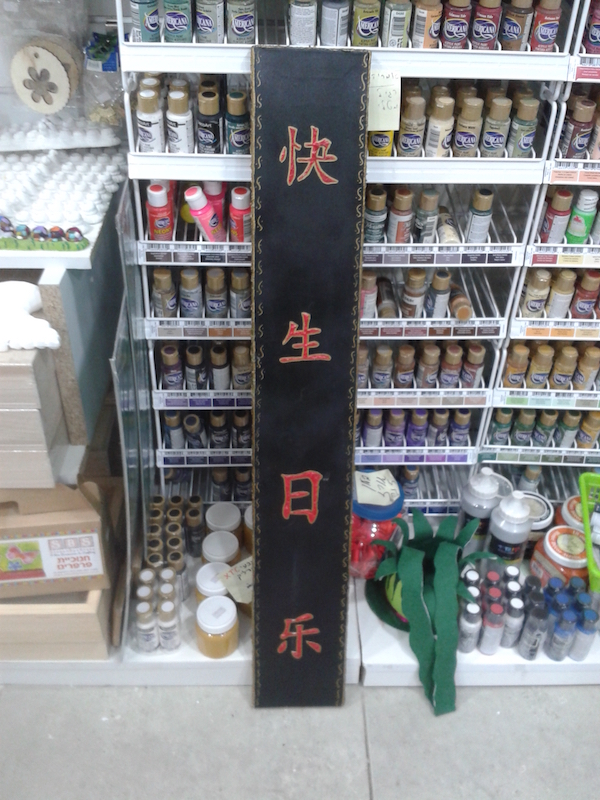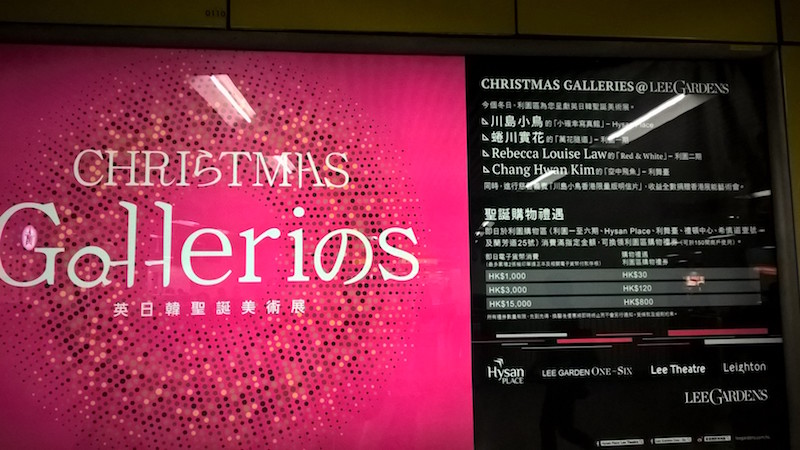Mistranscribed character
Zhao Mengfu 趙孟頫 (1254-1322) is one of the most famous painters in the history of Chinese art. Many of his priceless works still exist, and he was even honored by having a 167 kilometer-diameter feature on Mercury (132.4° west, 87.3° south), the "Chao Meng-Fu crater", named after him.
When Zhao Mengfu's name came up in a discussion on connoisseurship in one of my classes a few days ago, I almost fell off my chair upon hearing a graduate student from mainland China pronounce it as "Zhao Mengtiao". Where did she learn that strange pronunciation for this ultrafamous artist's name? Did she hear it from her teachers? Her classmates? Or was she just making a wild guess based on what she thought the ostensible phonophore, zhào 兆, would yield? However she came up with "Zhao Mengtiao", the effect upon hearing it would be akin to hearing someone say "Michelanjump" or "Leonardo da Jump".
Read the rest of this entry »
